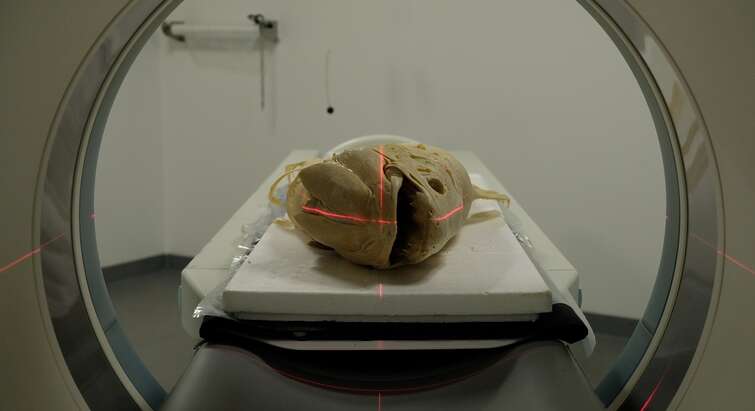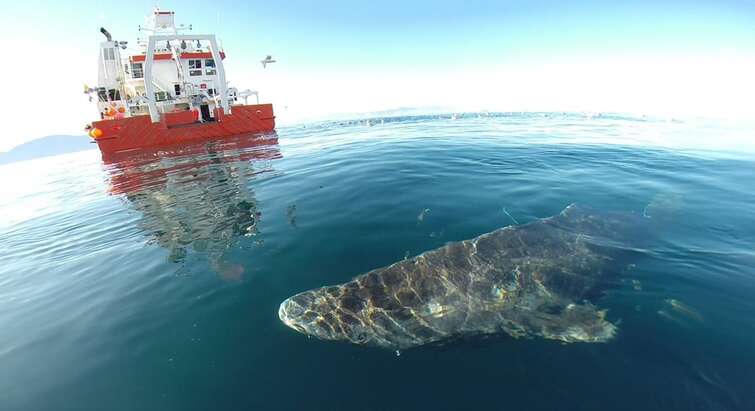
News about Nature conservation
Viser 1 til 13 af 13 dokumenter.

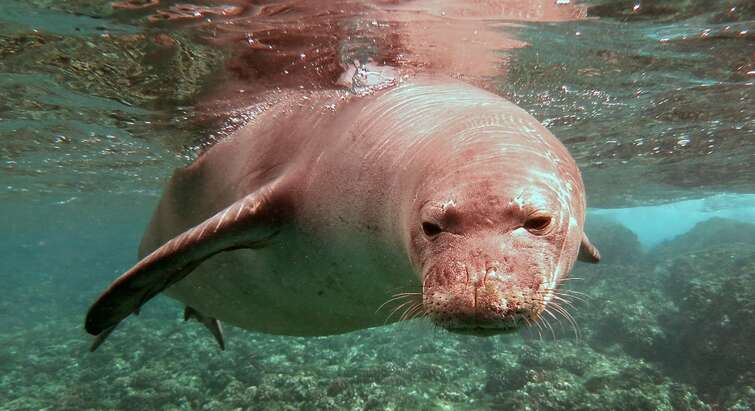
AI can now be our eyes and ears in the forest and beneath the waves
Iconic savanna mammals face genetic problems due to fences and roads

A new family tree revises our understanding of bird evolution
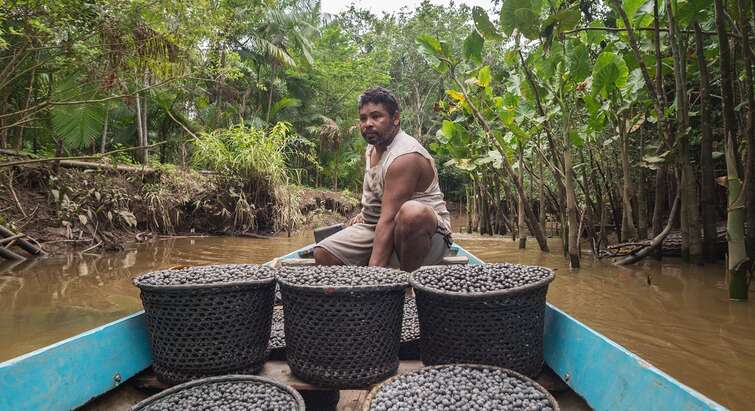
Economist: Tens of billions of dollars in forest products are being overlooked
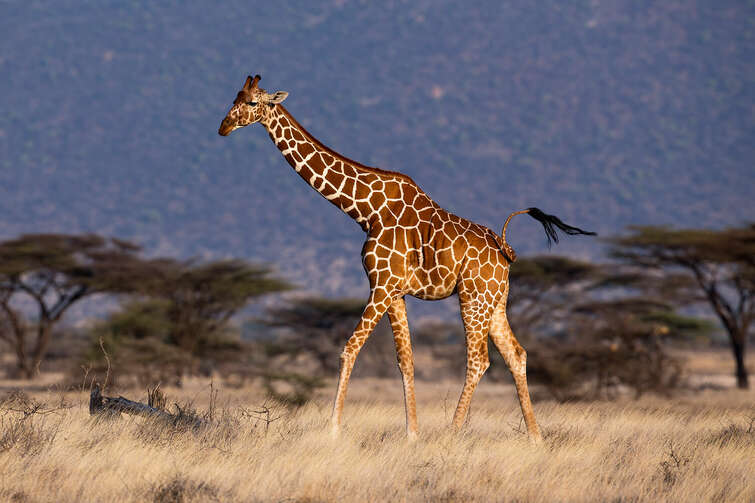
Gene flow in giraffes and what it means for their conservation
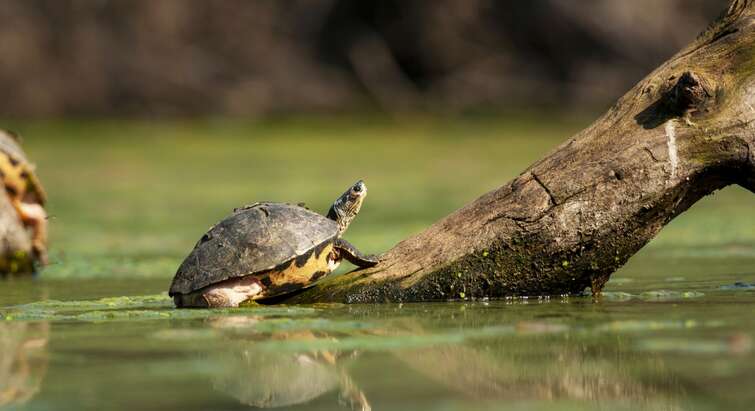
Economists: Ecosystems have higher monetary value than previously calculated
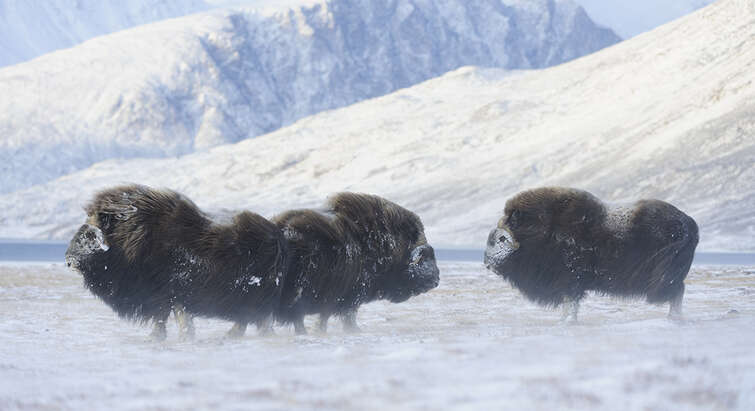
The genomic secrets to how the muskox mastered living on the edge

Helle Martens in podcast
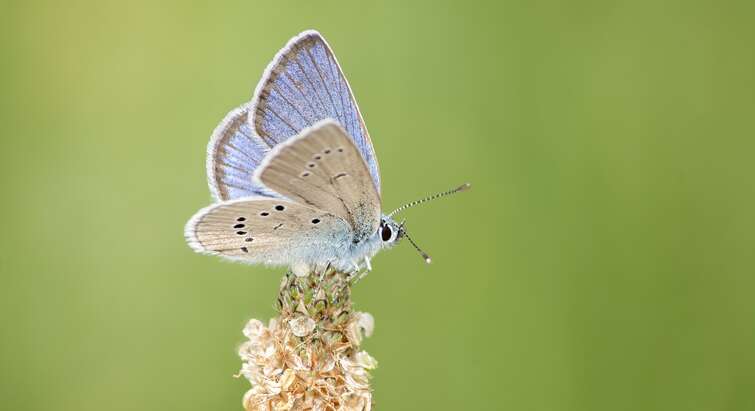
Three out of four populations of rare butterflies have been lost

Student project grants 2022/2023
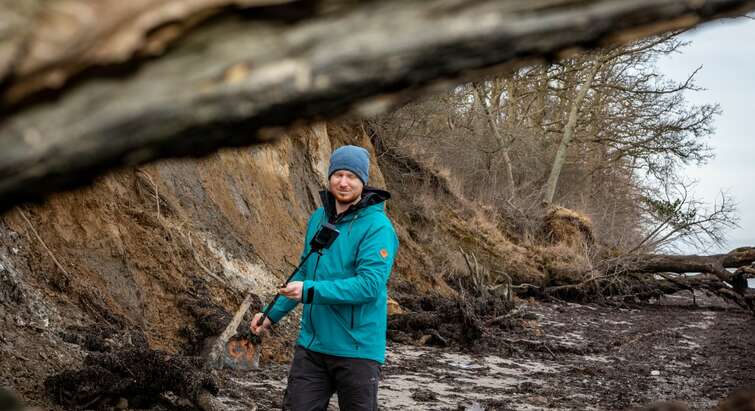
Disappearing coastlines: A smartphone and selfie stick can let us know by how much
